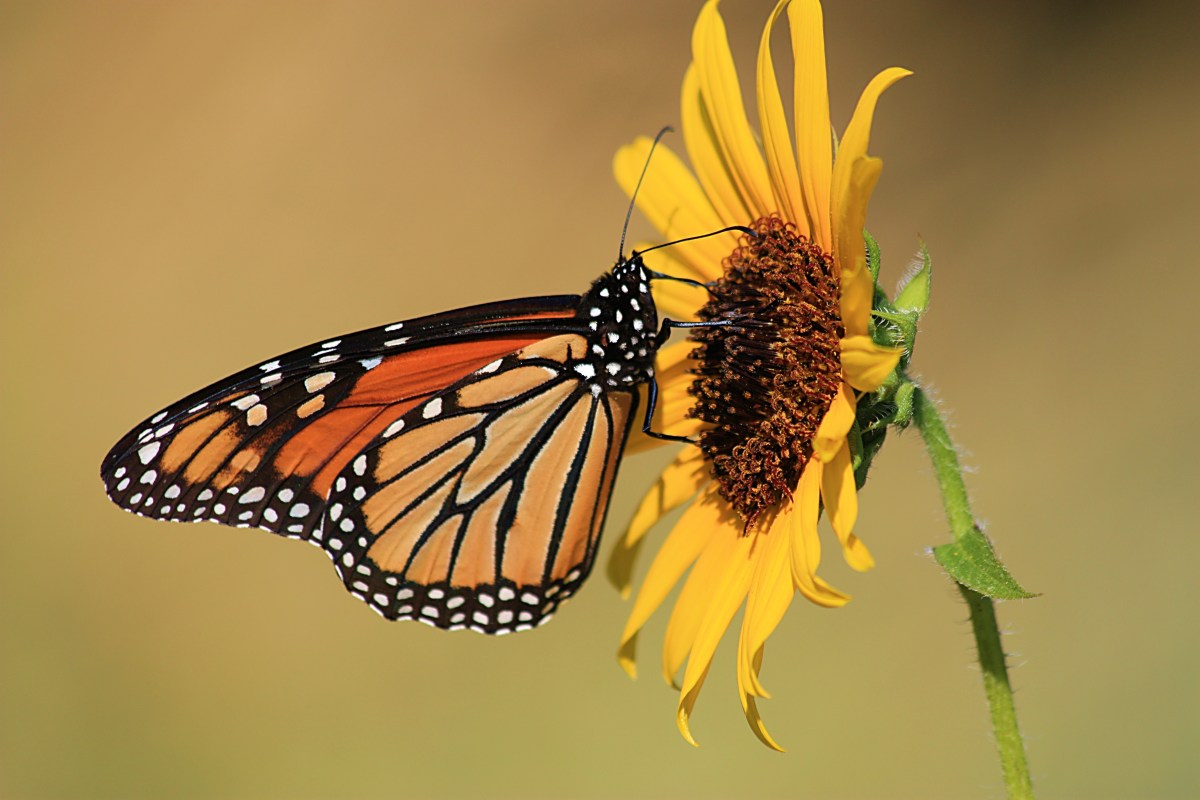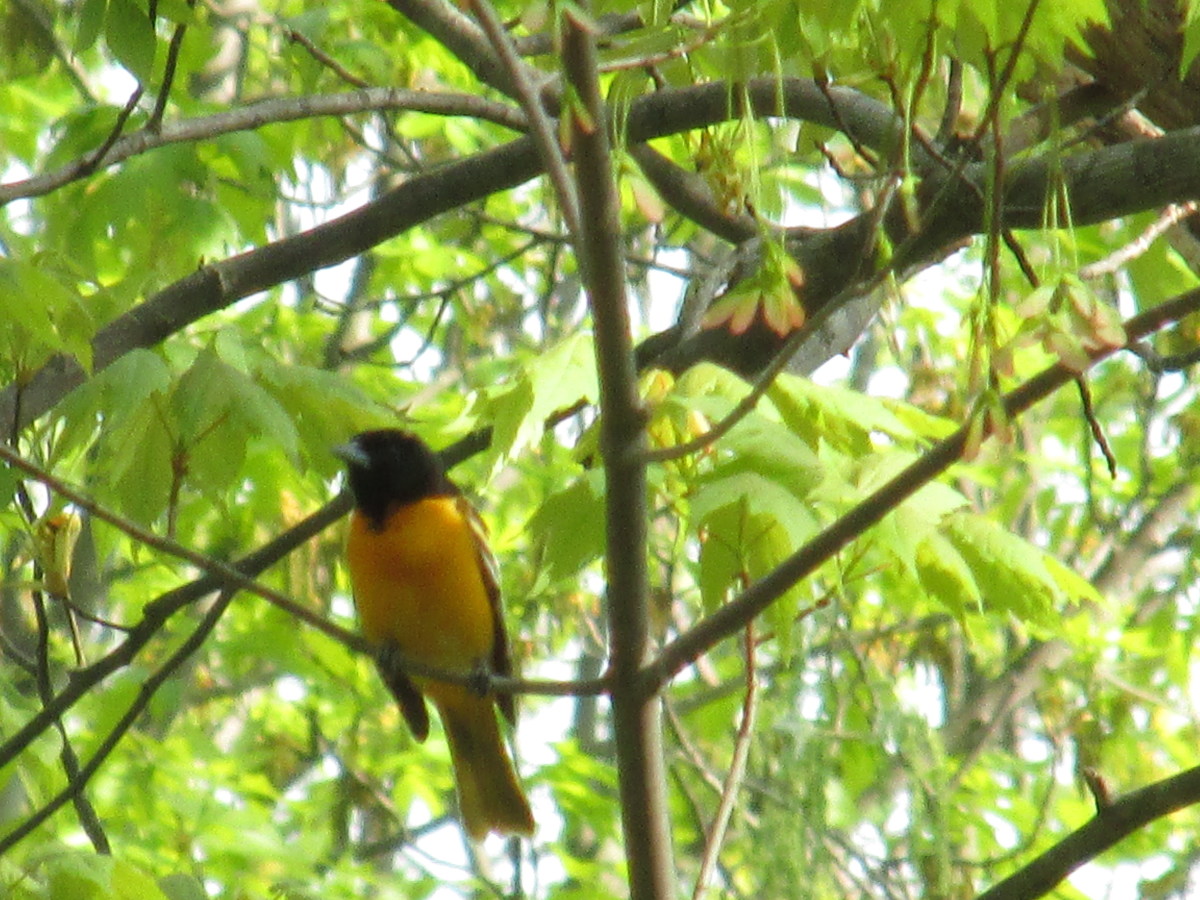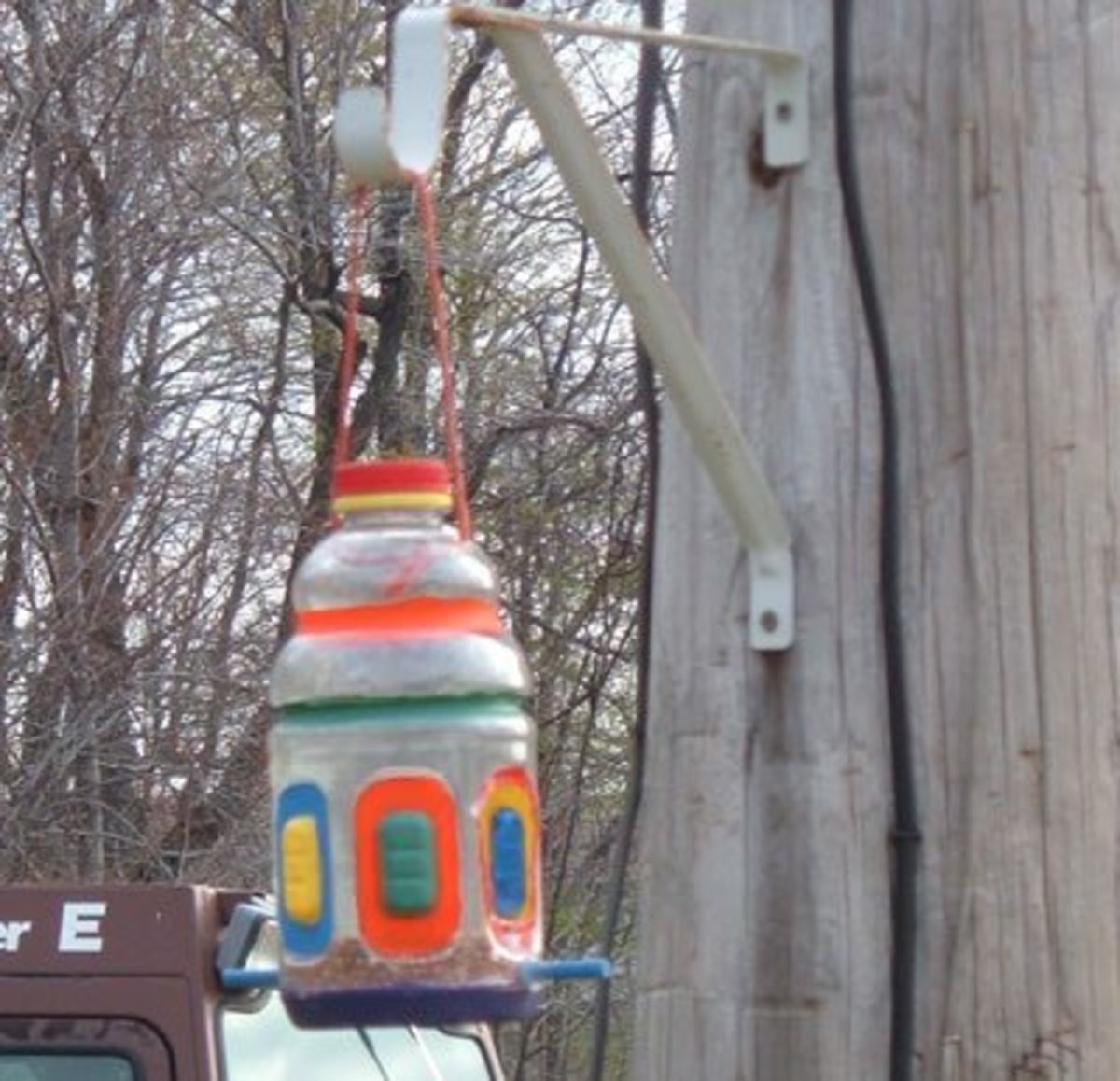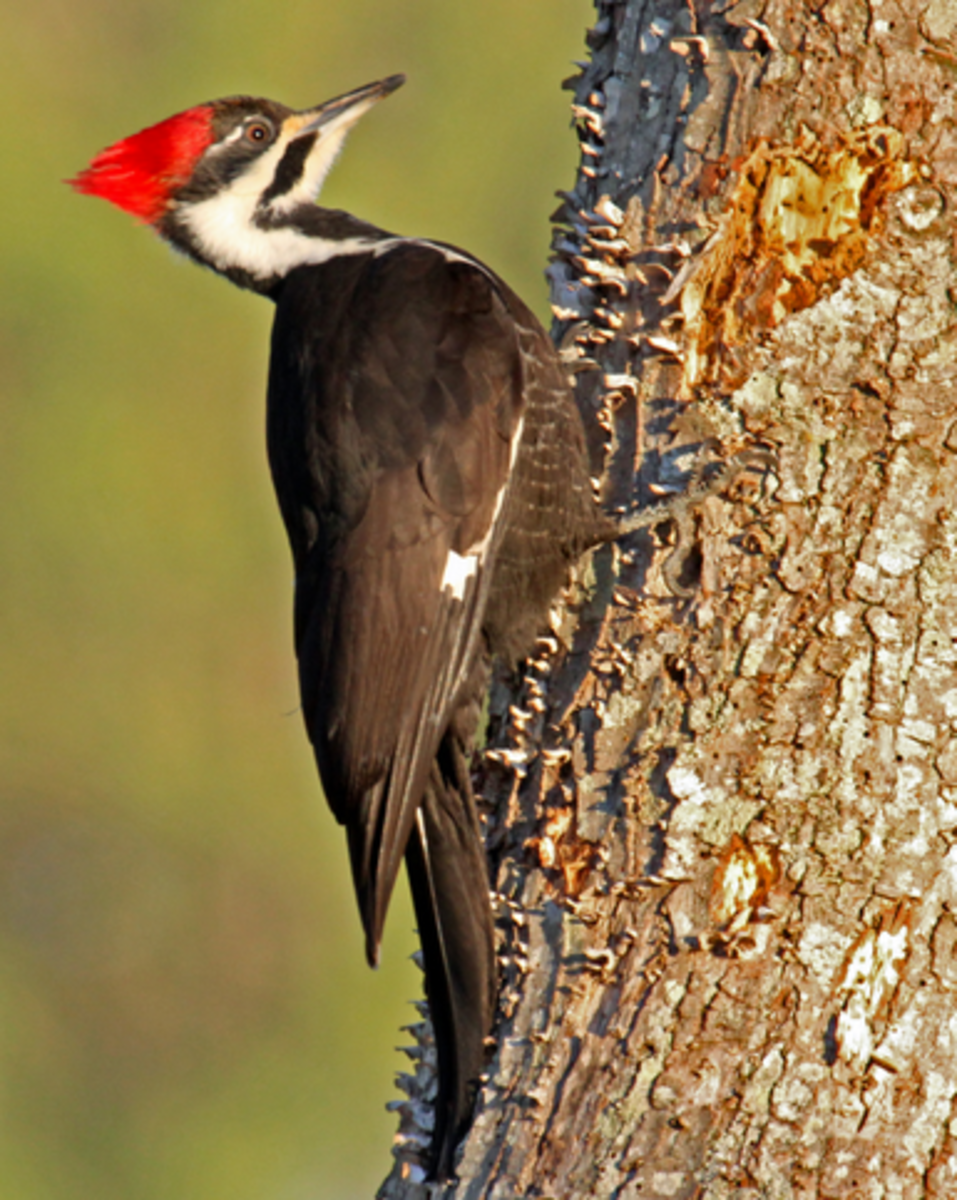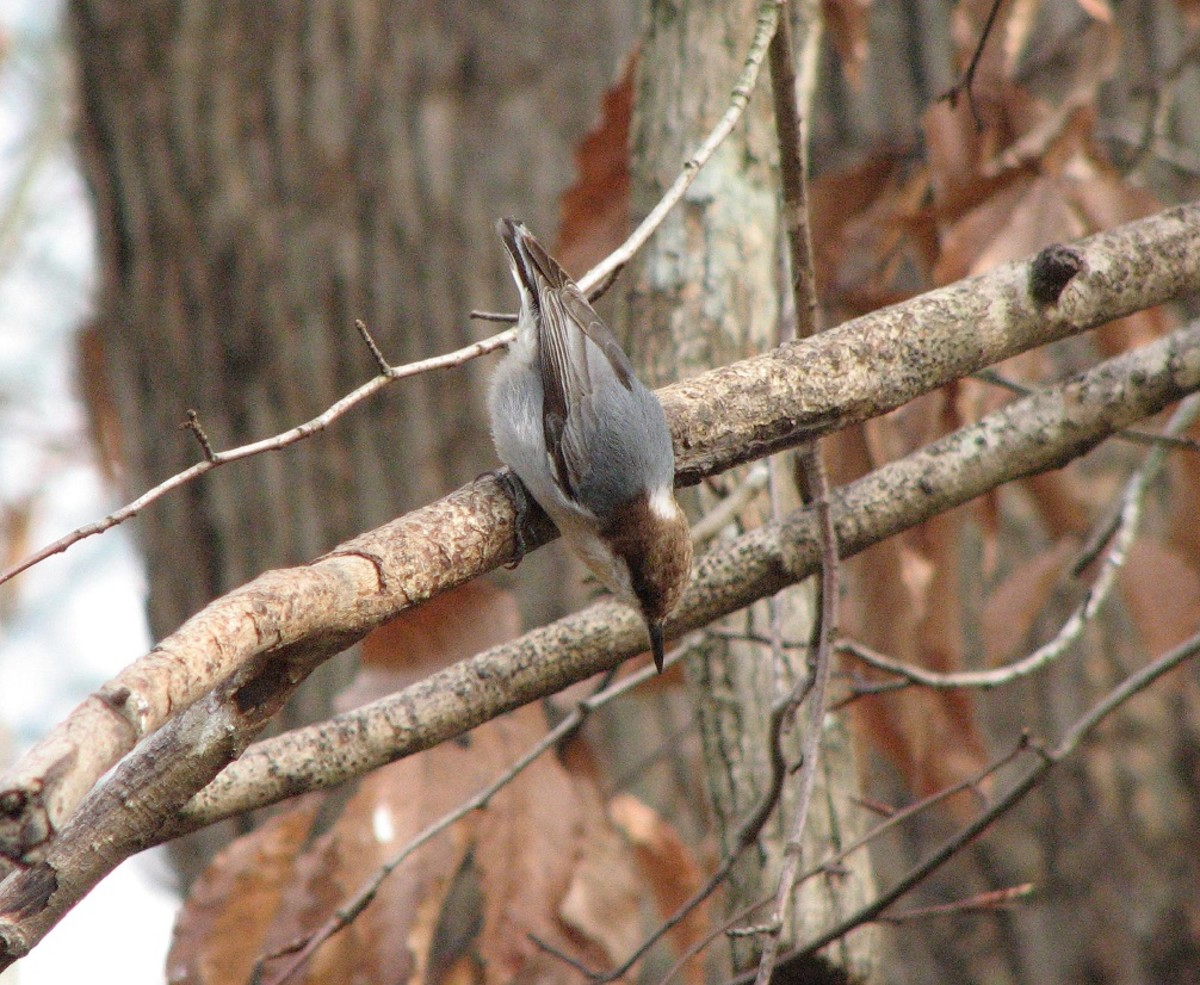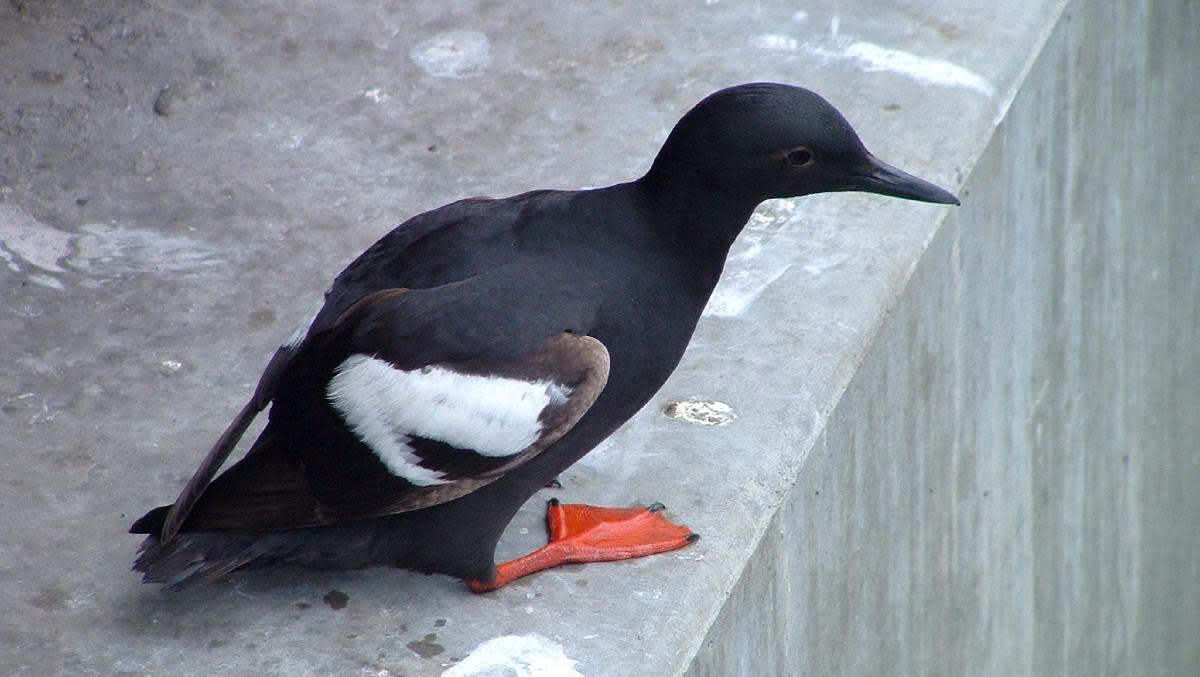Backyard Bully - Common Grackle
Introduction
We had just landed up in Whitby, Ontario in the third week of June and were pleased to notice that our son’s newly acquired home had a backyard with a reasonably large area. The backyard had a nice lawn, many different types of flowering shrubs, and some trees too. I had recently taken up photography as a hobby and was keen to photograph the many birds that visited the backyards in this part of the country. With this aim in mind, we went and bought a bird feeder and some wild bird feed from the local Walmart. The bird feeder was loaded with the wild bird feed and put up on a side of the lawn. It was expected that a number of birds would start visiting to have easy access to food that had been put in the feeder.
After the First Day
The first birds to visit were the ones that were already regular visitors in the neighbourhood – sparrows, blue jays, finches, blackbirds, and doves. The first day seemed peaceful. However, this peace was short lived with the arrival of the Common Grackle the next day. It came, perched on the bird feeder a little awkwardly initially, and thereafter a little more comfortably, becoming more proficient with time. It acted as a bully and chased away the other birds that were around and wanted the feeder all to itself. It would sit on the perch on the feeder and then pry all the seeds out of the feeder, It would then scatter them all on to the ground and then hop on to the ground. This was followed by the bird energetically pecking at the seeds, along with its fellow grackles. These birds made quite a mess and finished off the bird feed in the large feeder in about 5 days. Most of the seeds landed up on the ground and were lost in the shrubs. A refill of the feeder met with a similar fate. The doves, the sparrows, the blackbirds could only feed on the feeder when the grackle was not around.
Common Grackle Monopolising the Feeders
The Grackle's Modus Operandi
Observation of the Common Grackle brought out the fact that the female Grackle came with her off-springs in tow, generally 3 to 4 of them. All of them would fly in, and the off-springs would sit on the ground; the ‘mother’ would perch on the feeder and pry the seeds out of the feeder and splash them all on the ground with its beak. The off-springs in the mean while would keep flapping their wings and making sounds with the beaks open. The ‘mama’ would then come down, feed on the dropped seeds and then go to the noisiest baby and thrust her beak in to the opened beak of the baby. It looked very scary for a novice bird watcher like me, but after having watched them on a few occasions; it was evident that it is pretty safe, and intuitive for the birds. The young one would open the beak and the ‘mama’ tilts its head through about 90 degrees and thrusts the food way down the beak. Both beaks would be at an approximate angle of about 90 degrees. I was fortunate to be able to photograph the mama feeding a cockroach and a worm to the baby. The photograph is appended.
Feeding Animal based Food

Description of the Common Grackle
Common Grackles look like blackbirds, but they're taller and have a longer tail than a blackbird. The Grackle also has a longer and more tapered black beak. Common Grackles appear black from a distance, but once you see them at close quarters they appear to have a glossy purplish head with brownish bodies, as is evident in the photograph. Females are slightly less glossy than males. The baby Grackles are more of a dark earth brownish colour. The adult Common Grackle has bright golden yellow eyes, whereas the baby birds have a visibly darker shade in the eye. The head of the Grackle is flat and the wings appear short, as compared to the tail. Common Grackles are 12 to 14 inches in length and have a wingspan of 14 – 18 inches, weighing about 74 to 142 grams. Males are slightly larger than females.
Glossy and Shiny Grackle on our Feeder

Eating Habits of the Grackle
Common Grackles have very large appetites and eat mostly seeds, particularly agricultural grains such as corn and rice. Other seeds include sunflower seeds, acorns, tree seeds such as sweetgum, wild and cultivated fruits, and garbage. Grackles are seen walking around on lawns and fields on their relatively long black legs, pecking for food. I have seen them eat grain one moment followed by a spider the next moment. Common Grackles are relatively large and noisy and are often seen to flock with other blackbirds, cowbirds, and starlings, especially in winter. They are seen to eat from many standing crops, most notably corn; they can eat mature corn as well as corn sprouts and can have a large impact on the agricultural produce, since they always move in big flocks. It is believed that in summer, about one-third of a grackle’s diet may be animal based that includes beetles, grubs, grasshoppers, caterpillars, spiders, crustaceans, and other birds. It is reported that a Grackle sometimes wades into water to catch small fish and frogs too.
Natural Habitats of the Grackle
Common Grackles are well adapted to human settlements, using the scattered trees for nesting and the open grounds for food. However, their natural habitats include open woodland, forest edge, grassland, meadows, swamps, and marshes. We had gone to a wetland in Whitby and found plenty of Common Grackle around. They are also very common near agricultural fields, golf courses, suburbs, city parks, cemeteries, pine plantations, and hedgerows.
Coping with the Grackle
They form large flocks and are suspected to cause widespread damage to crops, and this has made them into ‘not welcome’ specie especially by the farming community. Having seen their behaviour in my backyard, I too was not very enthralled with this bird, because it would bully every other bird away from the feeder. There are certain things one can do in one’s backyard to cope with this abundant and bully bird. One is to put up feeders that do not permit these birds to perch on them. Second is to buy feeders that are specifically designed for the smaller birds. Tube feeders with a cage around also have been found to be successful in discouraging this bird while permitting the smaller varieties to enter and feed. Use seeds that are consumed fully by the smaller birds so that none is dropped on to the ground. Any seeds on the ground is an invitation to the Grackle, besides other rodents too. To find out more about how to cope with the Grackle, please look up http://www.birdwatchingdaily.com/getting-started/coping-with-grackles/
Migration Pattern in North America
These birds are abundantly found in North America; the southern populations are resident, whereas the birds from the far North USA and Canada migrate a short distance South to Central and Southern US during the winter season. The migrants start their southern journey between late August and early November and return to the northern sites starting mid February to early April.
Common Grackle - Migration Map
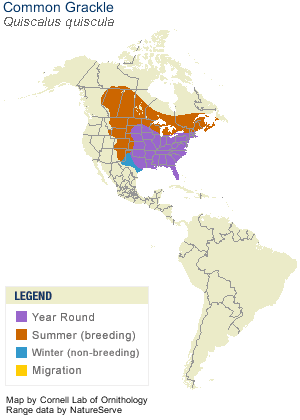
Conclusion
The Common Grackle is black, shiny and beautiful but a big bully. It does not permit any other bird close to the feeder and moves around in big numbers. The plus point is that it would continue to flit around in your backyard throughout the day; of course very noisily too!


